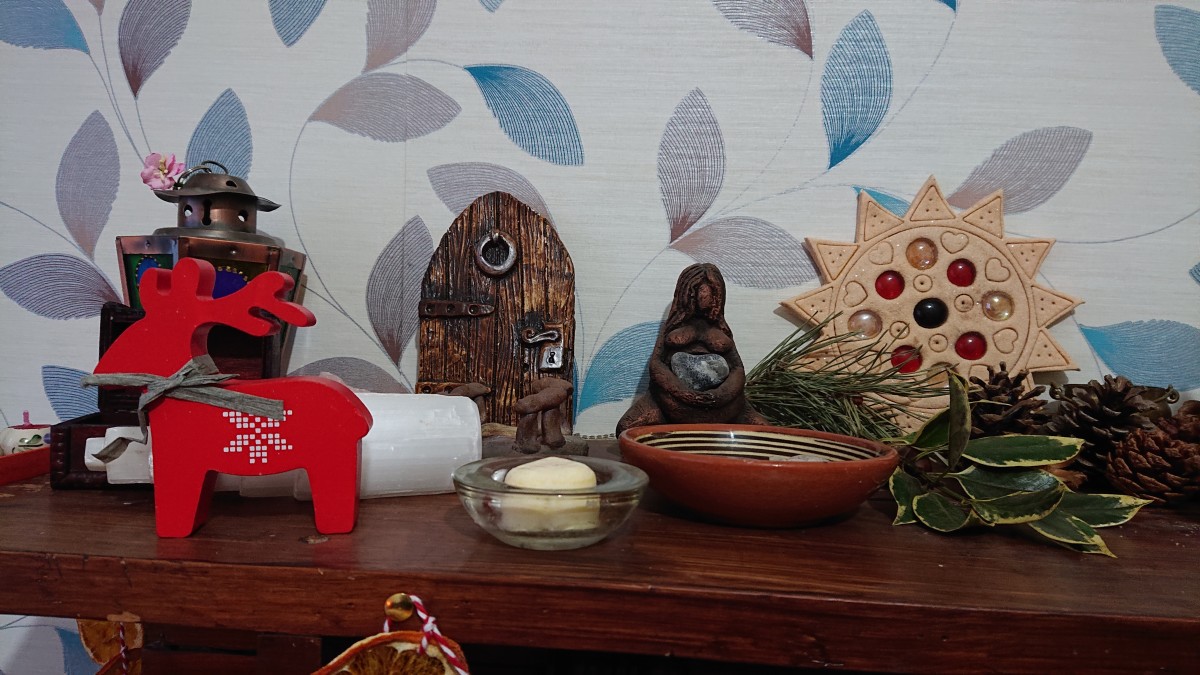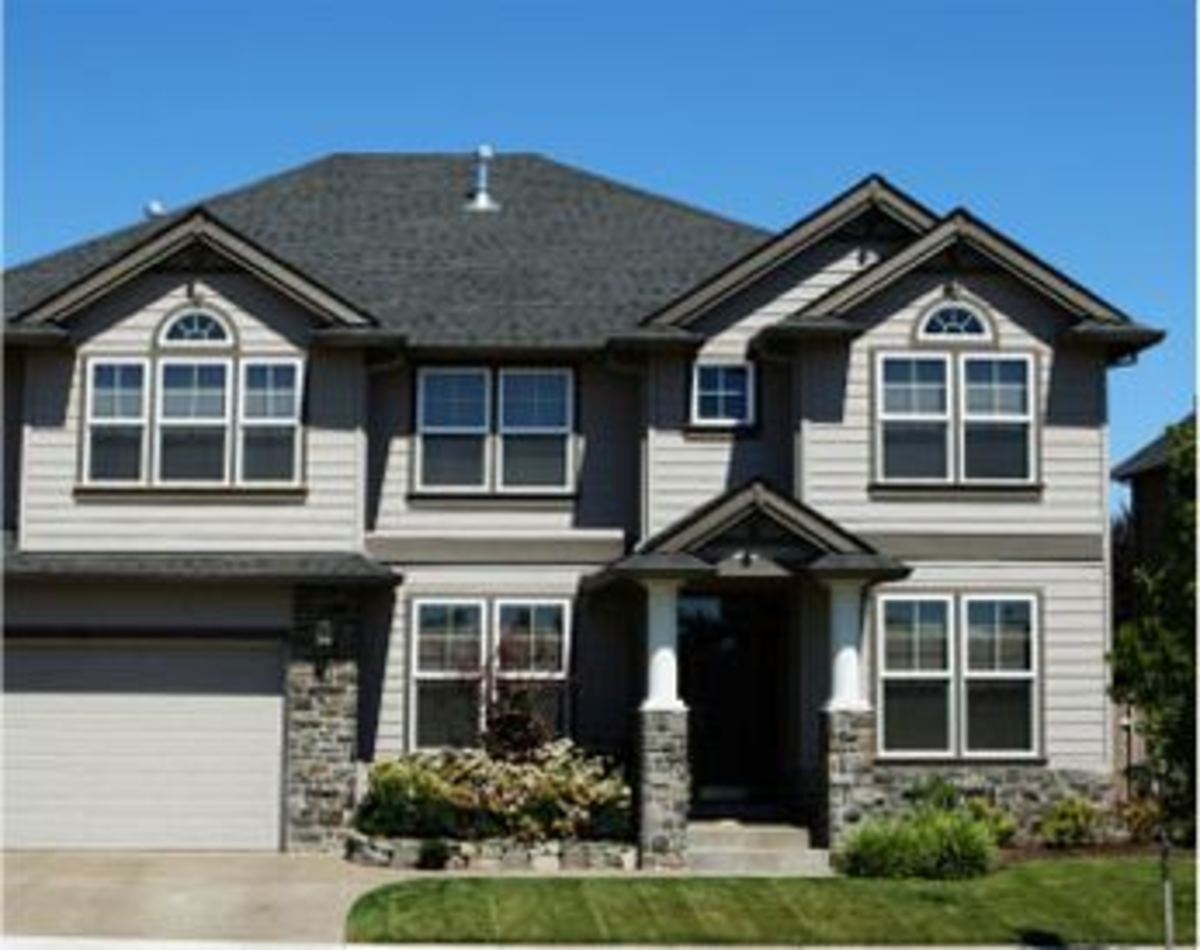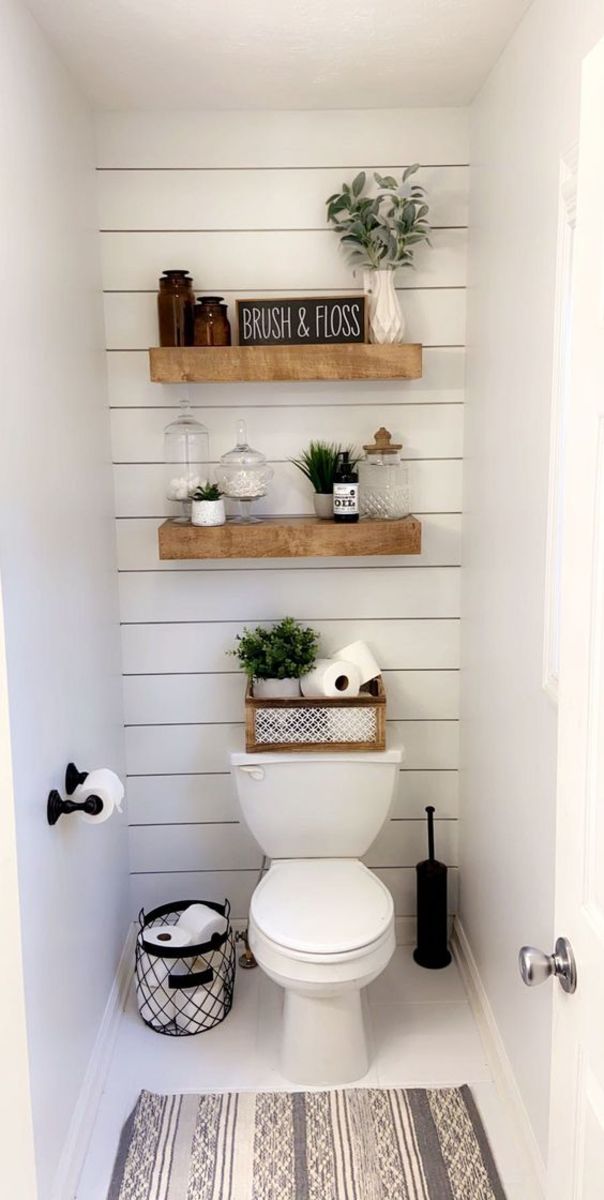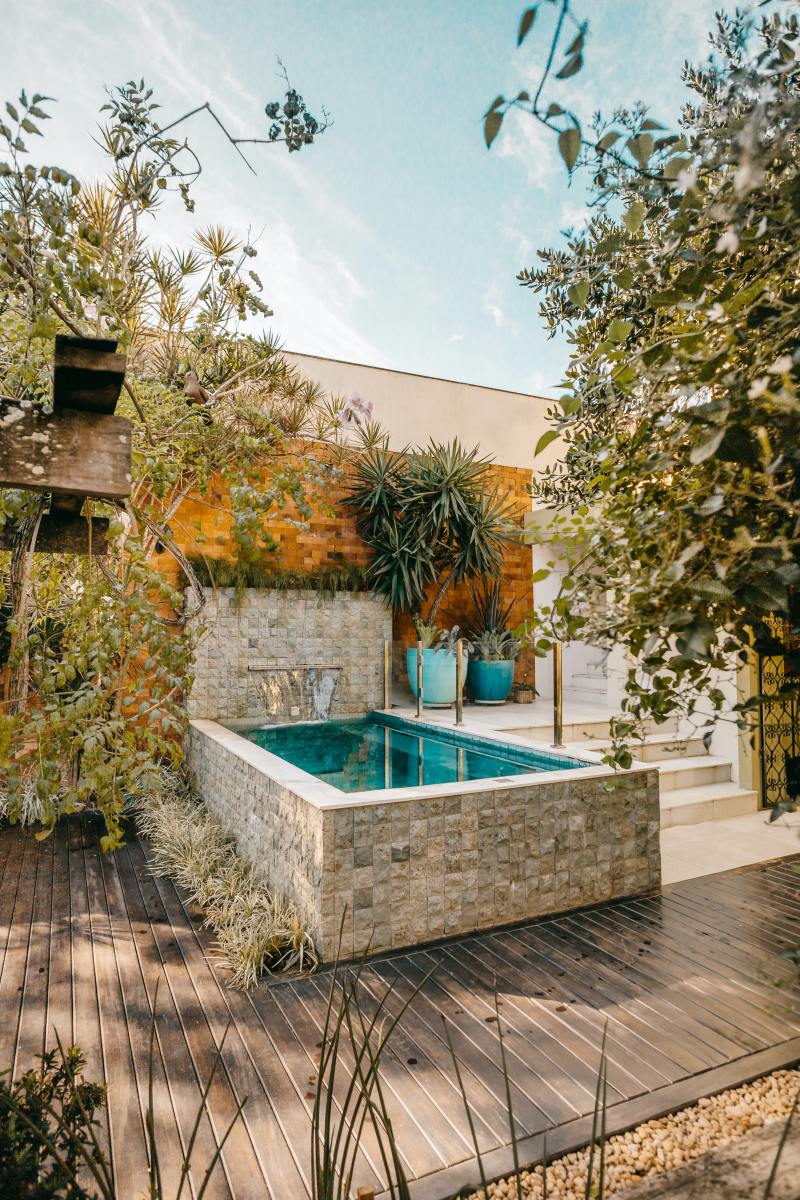How To Dramatically Improve Your Front Yard Curb Appeal

Outdoor Decorating and Improving Your Front Yard Curb Appeal To Sell Your Property
Clever homeowners like you don't end their decorating at the door, they keep going to include the decks, porches, sunrooms, and patios that surround their homes. They treat these spaces as outdoor "rooms" that deserve the attention the other rooms in their homes receive. They choose the best furnishings, colors, textures, and lighting for the space. The result is additional living area that is often the favorite "room" in the house.
There are two types of outdoor spaces: those totally or partially protected from the elements, such as sunrooms, porches, or gazebos, and those areas open to the elements, such as decks, patios, or garden hideaways.
Coordinate your outdoor spaces with the exterior of your house, especially if it is located in front or on the side of the house in full view of passersby. Look at the space from the outside toward the house. Consider the scale of furnishings. Indoor/outdoor furniture comes in a variety of sizes and styles: some sleek and space-saving, some designed to visually fill up an area. Think about the difference between a folding metal bistro chair and a chair with hefty, oversized wicker arms and back, for example. The bistro chairs may look skimpy on a large deck, while a grouping of oversized wicker furniture can crowd a small porch.
Look at your outdoor space through windows and doors, and consider extending the interior style to the outside space. Bright colors will stop your eyes at the porch, while muted ones will allow you to focus first on garden focal points, such as a magnificent bush, tree, or flower bed. Plan outside furnishings so that they augment a good view instead of blocking it.
Once you have a furniture style in mind, develop a plan that defines the function of the space and determines the furniture pieces you'll need. Consider, for instance, what's needed for conversational sitting, entertaining, dining, cooking, playing (for children), sleeping, and sunbathing.
Improving Your Home's Curb Appeal
Front Porch Furniture
Furnish Your Porch with Care
Furniture for outdoor use spans the designs made popular through the centuries. You can select benches similar to those used in Versailles, Adirondack chairs, antebellum wrought iron inspired by Victorian New Orleans, and myriad other choices. A word of caution: just as decorative birdhouses won't last outdoors, some furniture with outdoor looks may not stand up to weather. Check warranties, and read directions on the furniture for care and maintenance. Then match your choices to the possible weather exposure of the furniture itself. It may be made of one or more materials.
Wood: Naturally weather-resistant woods, such as cypress, teak, or redwood, require little upkeep and don't need staining or preservative coatings. Treated wood is decay resistant and may have a greenish-brown color; it can be painted, stained, or left natural and protected with a clear water-resistant finish. Other wood should be treated with a moisture-resistant preservative, either clear or pigmented.
Wicker and Rattan: Check that the frame is weather resistant, such as aluminum with a baked-on finish. If the location is protected, some bamboo frames are porch-suitable. Synthetic wicker and special finishes on natural wicker materials offer various levels of resistance to sun and rain.
Iron: Its weight makes iron a good choice for windy areas, but it is heavy and difficult to rearrange. Either cast or wrought iron will rust unless treated with special rust-retarding paint and touched up or repainted over the years.
Aluminum: From budget tubular furniture to wrought or cast frames, aluminum is rustproof and lightweight. Pieces designed to look like ironwork often have a baked-on enamel or textured finish. Look for finishing details such as smooth seams on welded parts. Cast-aluminum pieces and those of thick, heavy-gauge alloys are top of the line in aluminum.
Plastic and Fiberglass Furniture: Buy the best quality you can afford, because inexpensive polymer pieces that break easily will decorate the dump for decades to come. Warranties are a guide, but test pieces by sitting on them and rocking around. Tubular parts made of PVC (polyvinyl chloride) can sometimes be disassembled for storage, depending upon how they are joined. Resin pieces are molded into a variety of shapes. Both come in a range of colored plastics; some are not able to withstand direct sunlight without discoloring.
Improving Your Front Yard Curb Appeal
Landscape Design Ideas
Home Landscape Designs and Ideas
No outdoor living space is completely successful until it is integrated with the surrounding landscape. Just as there are principles for designing interior spaces, there are also guidelines for exterior ones. If you are choosing a site for a gazebo or a patio, it is one of the most important landscape design decisions you'll make. If the structure already exists, you can enhance it by assessing and changing the landscape. For instance, you may want to plan a garden around a gazebo, planting shrubs and flowers to highlight the beauty of the site. Or you may want to treat the gazebo as a secluded retreat. Achieving either goal takes careful planning of the site and surrounding plantings.
Evaluate the site. The landscape design should provide a framework for your outdoor living space. The views, lines, property configuration, and traffic patterns need to work together. Spend some time getting acquainted with your site and noting any special features. What are the site's assets? Are there beautiful views? Are there natural features, such as trees or streams? Consider the size and shape of your lot, the style of the house itself, as well as your own lifestyle needs and preferences.
Balance the elements. This is the process of arranging various site elements so that they are resolved and balanced. A visually heavy or large object can be balanced by a visually lighter or smaller object on the site if the smaller object is darker in color value, is unusually or irregularly shaped, has a contrasting texture, or is more elaborately detailed. All of these strategies will help to draw attention to the smaller object and thereby visually balance it with the larger object. For example, let's say you have a large clump of pine trees on one side of your yard. To visually balance the trees you might plant smaller, more colorful ornamental trees on the other side of the yard, or you might use a man-made object such as a gazebo.
Create a cohesive design. Harmony can be achieved by selecting and using elements that share a common trait or characteristic. By using elements that are similar in size, shape, color, material, texture, or detail, you can create a cohesive feeling and relation among the various elements on the site. An example this might be using a shape, such as a square. Imagine having a square concrete patio scored in a square (or diamond) pattern with a square table covered in a checkered tablecloth. The results can be extremely pleasing and harmonious.
Add interest. While both balance and harmony are used to achieve unity, too much unity can be, well, boring. That's where variety and contrast come in handy. By varying the size, shape, color, material, texture, and detail, you can introduce a note of interest or a focal point into the total composition. For instance, placing a round wooden planter onto a square-patterned patio will provide a pleasing contrast of both shape and material. The contrasting object (the round wooden planter) will draw attention to itself and provide visual relief and interest to the total setting.
Establish visual rhythm. In design terms, rhythm-or how elements are spaced relative to similar elements-can create another type of unity in a composition. Rhythm helps to establish a visually satisfying progression or sequence to a site design. For example, you can create a regular rhythm on a walkway if you place a band of decorative brick at 4-foot intervals. On the other hand, a song composed of only one sequence of notes is boring. Vary such things as the interval, color, size, shape, texture, or material of the elements.
Emphasize an element. This point assumes that within your site some of the elements have more significance than the rest and that these special elements should be emphasized. This is probably starting to sound familiar to you by now, but a special element is given its due emphasis by making it larger; by giving it a different shape (round versus square); by using a singular color, texture, or material; by shifting or rotating its orientation; by centering it within a circle or at the end of walkway; or by lighting it at night. However, if you emphasize too much, you may end up with a visually confusing design.
Let simplicity be your guide. Simplicity is one of the hardest things to achieve in a design because there is a tendency to use all available tools and elements. The most elegant site designs are those that begin and end with simplicity as their guiding design principle. The Zen rock gardens of Japan are a good example.
Patios, Gazebos and Deck Supplies
Patios, Decks, and Gazebos Can Improve Your Curb Appeal
Free-standing outdoor spaces, such as gazebos or other garden structures, differ from sheltered spaces in several ways. Generally, they are not seen from the front of the house and are usually integrated with the landscape. Gazebos provide a wonderful opportunity to let loose a little and give in to your more fanciful side.
First, consider how you will use your outdoor room. Will it be for dining and barbecues? As a place for the kids to muck about in a wading pool and sandbox? As a quiet spot to read and relax? For warm-weather parties? Or will it be all of these things? Also consider how much privacy you want.
Decks, patios, and terraces usually exist next to a wall of the house or adjoin a porch. Attached areas call for making the most efficient use of existing doors, windows, and steps. A deck or patio might also be a short walk from the protection of the dwelling or alongside a pool, pond, or playground area. In that case, you have the luxury of developing your own entrances and traffic patterns.
Make a plan before you start work on your patio or deck. Creating workable traffic patterns is important, as you will sometimes be carrying trays full of food, entertainment equipment, and games and toys through the space. You have to organize furnishings so that access is easy, trips to and from the house are no longer than necessary, and you can maneuver easily through the space.
In most instances, you will want to make the patio or deck as large as possible so that it can function as a combination outdoor family room, cooking and dining area, and even a play area for kids. If space is restricted, you might consider creating an intimate area, with a small table and a pair of bistro chairs, that serves as a breakfast nook or even as a place to do paperwork in the sun.
To figure out traffic patterns, think about how you will enter this outdoor room. Will it be mostly from the house? Is the approach a path from the house or porch? Are there other areas, such as garden beds, potting sheds, bird baths, or lawn seating, that should determine exits from the patio or deck? It can be irritating to have to circumvent a deck rail or hedge to get to a frequently used destination, such as the potting shed or the barbecue grill. Figuring out potential trouble spots in advance will save you time and aggravation.
Most open spaces look best when they are defined by either hedges or fencing. Low plantings provide definition without impeding the view. Choices are nearly endless, ranging from clipped boxwood and privet hedges to low-growing junipers to a flower border of perennials or annuals. Consider what colors and fragrances you would like to have.
For even greater privacy-or to formalize the boundaries of a deck or patio-opt for fencing. Height depends upon your situation. A low slatted fence is a good choice for containing small children without blocking the view or interfering with the flow of air. Taller options that also allow air to flow and only partially block the view include lattice panels and alternating-board fences. Deck railing and fencing are often designed with built-in seating, consisting of attached uprights, rails, and benches that may contain storage underneath.
Lighting defines spaces at night. It is also a safety factor. Both on-deck and in-ground systems with low voltage can be easily installed by a do-it-yourselfer. Other systems can be intricate and costly and may require a licensed electrician. Features may include fixtures for highlighting plantings or other yard features and timed sequencing that turns on and off automatically or when triggered by motion.
Outdoor Kitchen Supplies
Outdoor Kitchen and Dining Areas
Some people set up complete, permanent cooking centers as the focus of their outdoor spaces. Others content themselves with a simple grill. In either case, practical planning makes outdoor cooking efficient and more enjoyable, whether it is for the family or a host of guests.
Decide exactly what features you want in the cooking area. Aside from the grill, do you want an elaborate setup with a sink or a refrigerator? Perhaps a dishwasher? If so, these appliances need to be protected from the elements; place the cooking center in a sheltered location. If you prefer to keep it simple with just a grill, this option still requires some decision making. Do you want a charcoal, liquid propane (LP), or natural-gas grill? Charcoal grills are the least expensive; natural gas ones are the most expensive. The number of burners and features, such as a push-button ignition, increase the cost, too. You can also choose from a number of accessories, such as rotisseries, side burners, smoke ovens, and warming racks.
Then choose a site for the cooking area. It can be placed either nearby or far away from the house. Both locations have their advantages. A cooking area that is near the house benefits from easy access to the indoor kitchen, but one that is positioned away from the house keeps heat and smoke from diners. Remember, elaborate outdoor kitchens need gas, electric, and plumbing lines; it is easier and less expensive to run lines when the cooking area is near the house.
In general, when arranging any outdoor cooking area, make sure that all accoutrements-including serving platters, a spatula, a knife, and a pair of tongs-are readily at hand for the cook by providing plenty of surfaces and shelving. You need to accommodate both raw food and the finished product; a roll-around cart may suffice. Keep the pathway clear from the kitchen to the cooking area. A fire extinguisher nearby is an excellent safety precaution.
Any countertop material should be able to withstand varying weather conditions. Rain, snow, and bright sunlight will fade, pit, and rot some surfaces, so choose carefully. Tile, concrete, or natural materials, such as stone or slate, are good options. (Seal porous stone to prevent grease stains.) Avoid using a laminate countertop, unless it's in a well-protected area-an enclosed porch, for instance-because exposure to the weather may cause the subsurface to deteriorate. Solid surfacing is more durable, but may also need to be in a sheltered location. Think twice about using teak or other decay-resistant woods for a countertop, as they stain easily and may harbor bacteria.
Decay-resistant wood, such as redwood, cedar, teak, or mahogany, is the right choice for cabinetry, however. Other types of wood should be sealed and stained or painted. Oriented-strand board (OSB), which is made of bonded wood fiber, is also weatherproof enough for outdoor cabinetry.
More Home Improvement Ideas
- How to Organize Your Home Successfully
Is it time to get rid of the clutter and start to make your home feel like somewhere you want to live again? Let's take a look at how to organize your home successfully and keep it neat and tidy - Decluttering and Organizing Your Home
When it comes to decluttering and organizing your home there are three stages to the process, decluttering, cleaning and then organizing it so that it remains the lovely place you want it to be. - Backyard Cleaning - Getting Ready For Summer
When Spring is in the air it's time to think about getting your backyard clean and tidy and ready for the Summer! Our backyard cleaning tips and our Spring Cleaning Checklist for your Garden will help











